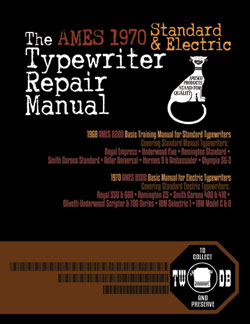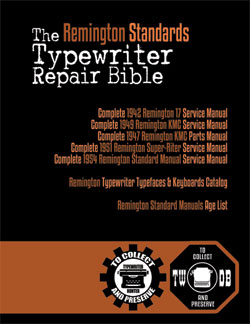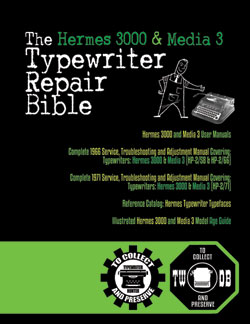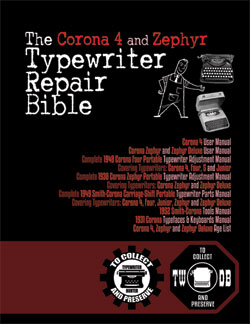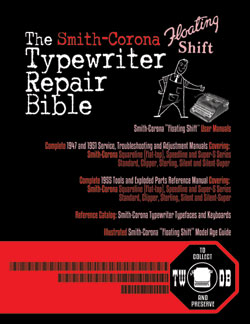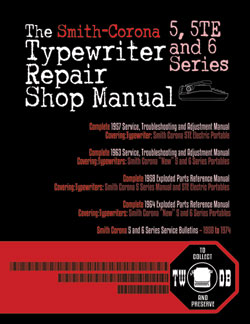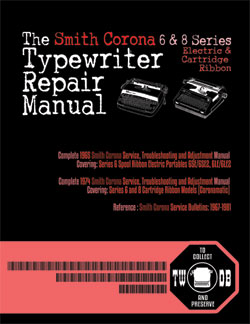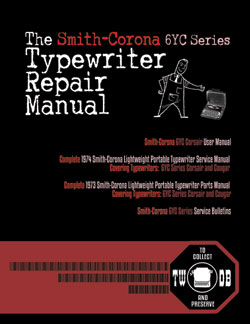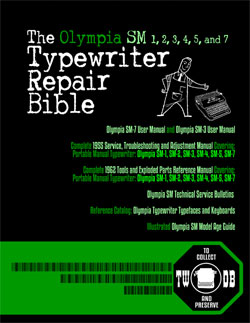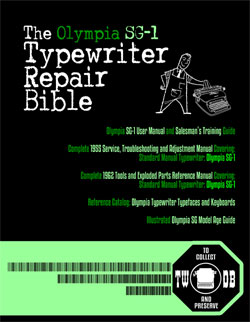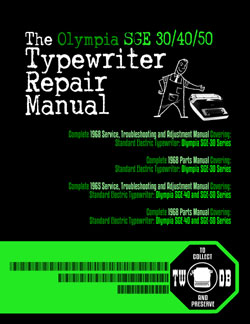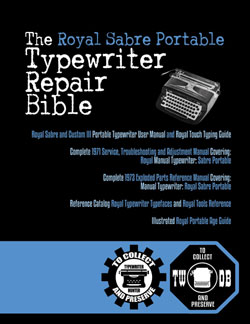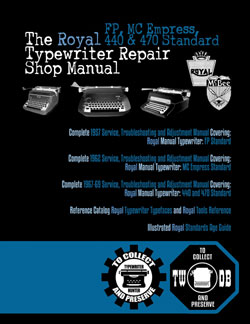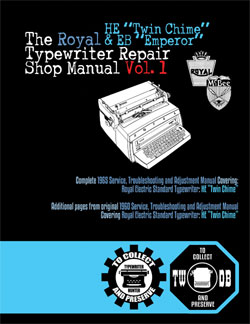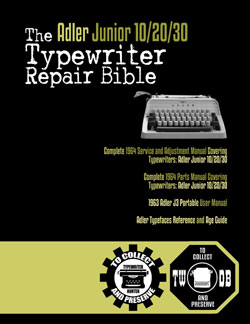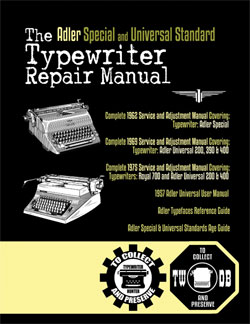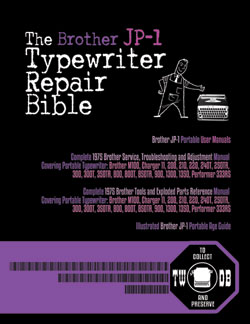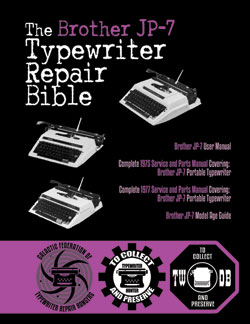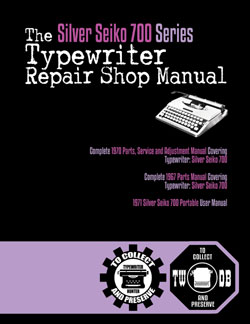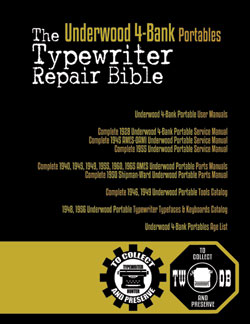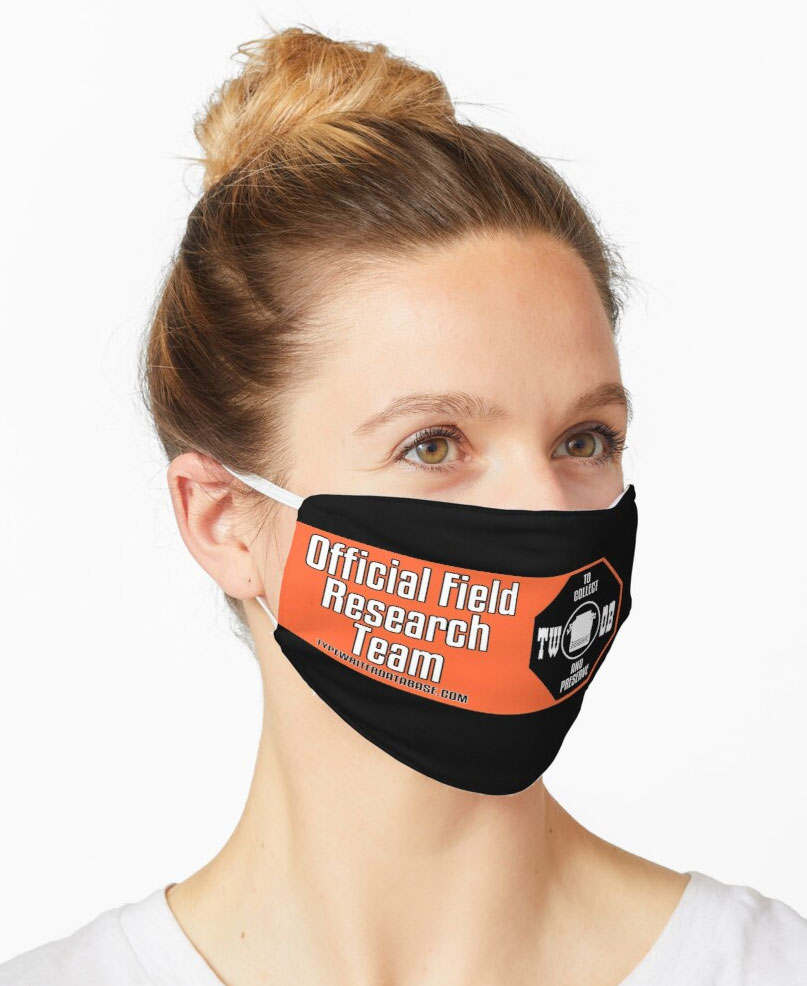1922 Underwood Portable 3 Bank #42914
Status: My Collection
Hunter: Wayne Bouchard (azweb100)
Created: 08-24-2025 at 11:26PM
Last Edit: 08-24-2025 at 11:54PM
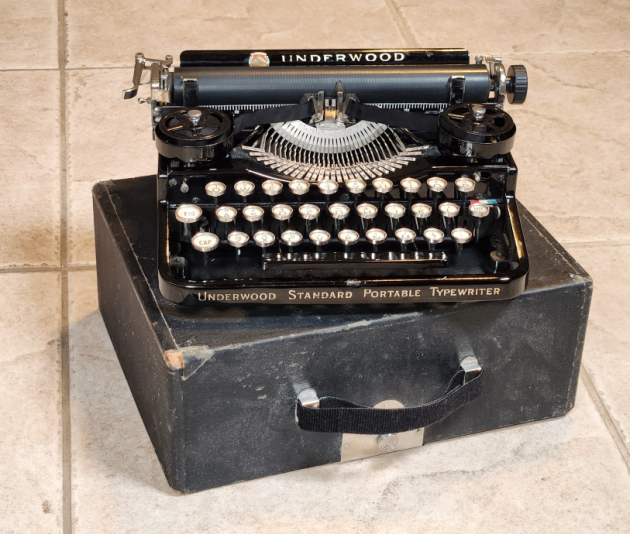
Description:
In this presentation, we have an early Underwood Standard Portable typewriter (aka the Underwood 3 Bank.) This one with Elite typeface (12 pitch, 6 LPI). This typewriter was apparently designed as a competitor to the Corona 3. I will say that there are things about this typewriter that I like more than the Corona, but there are also things I don't agree with. I think the Corona is a mechanically simpler typewriter, but i think this one performs better and feels a little more like what you'd expect.. An interesting aspect about this typewriter is the use of adjustable type bar links, and by that I don't mean wire links, but a tension with an adjustable clevis. That would change in the later revisions. One aspect of this early design I particularly like is the relatively flat arc of the typebars. I think this gives the typewriter a very unique and quite attractive feel. The next revision would adopt the more conventional "U" shape and wire links. Definitely easier to produce, but lacks the charm of this one. Note also that, since the margin bar is on the carriage and not the frame, the margins operate reverse to conventional, with the right margin on the left side and vice/versa and the bell attached to the margin stop itself.
Notice that there are two different numbers printed on this typewriter, each of which looks like a serial number. The proper number is visible on the right-front foot, visible from above. There is a second number printed on the bottom of the frame, right side, but I have not been able to determine the significance of this number. Please do not get them confused if you acquire one of these typewriters!
Given the way this typewriter is assembled, I think it can easily out-type the Corona as well, since the type bars have a better return mechanism, whereas the Corona uses mostly gravity, thus limiting the actually speed of the typist. While no such design was ever meant for the drafting of a novel, you can still do a lot with this. It is great for field work for reporters to quickly get ideas down or draft articles, for military field use (there are pictures of similar designs being used in WWI for status and after-action reports), and, of course, people who just want to write the occasional letter to Aunt Sally or Grampa Wilson. It is a very lightweight unit, when compared to the standard typewriters of the time, and quite compact. I'd be perfectly happy carrying this with me on a train or in the car.
The whole typewrter was completely frozen and had a broken draw string when I got it. It took much cleaning and effort to bring it back into action and could still use a bit more attention, but it is definitely ready for the next 25 years! The case is a little worse for wear, having an only partially functioning latch and missing the handle. This was replaced with a length of Velcro which serves well enough but is hardly appropriate to the era. However, that's what you get with a 103 year old typewriter!
Typeface Specimen:
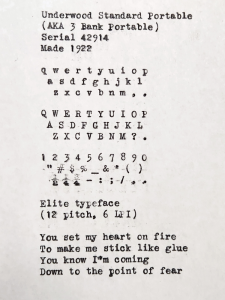
Photos:
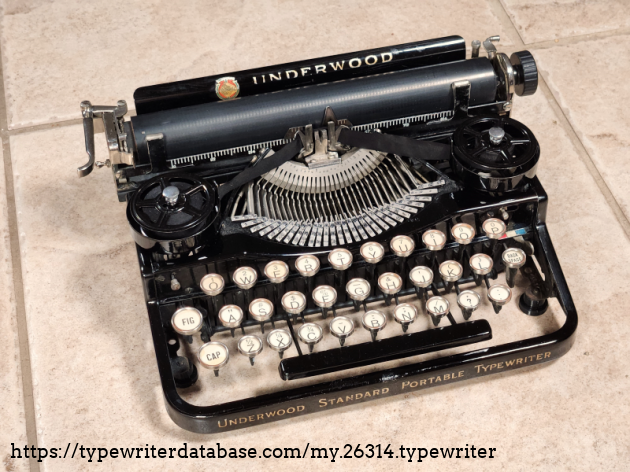
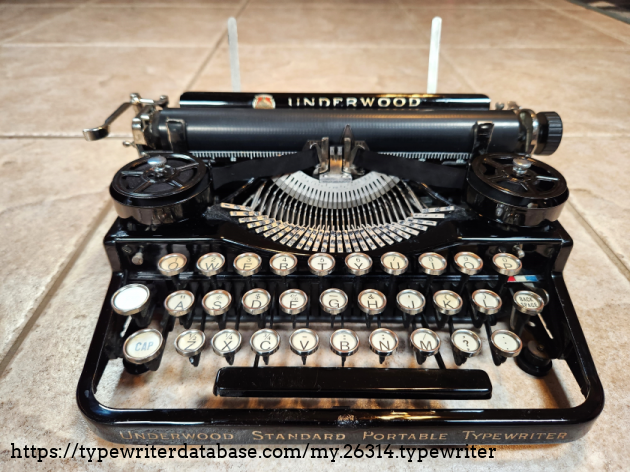
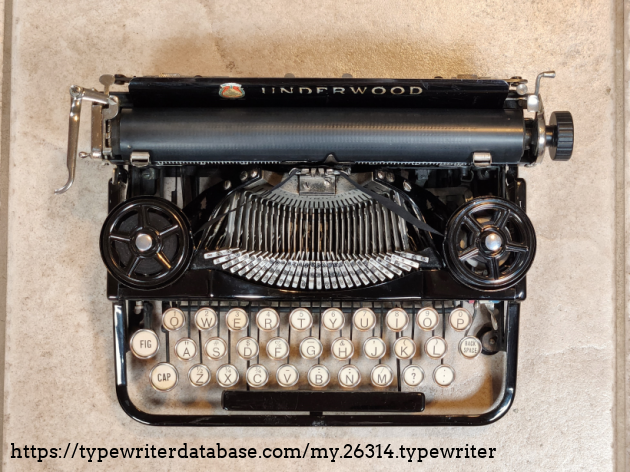

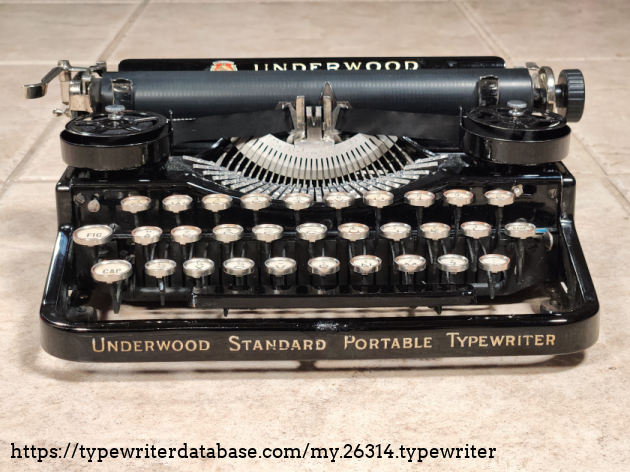
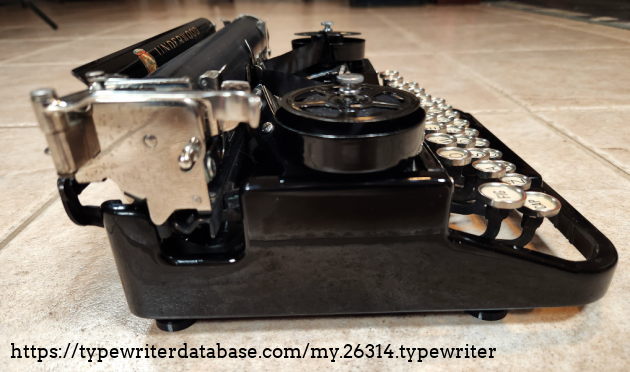
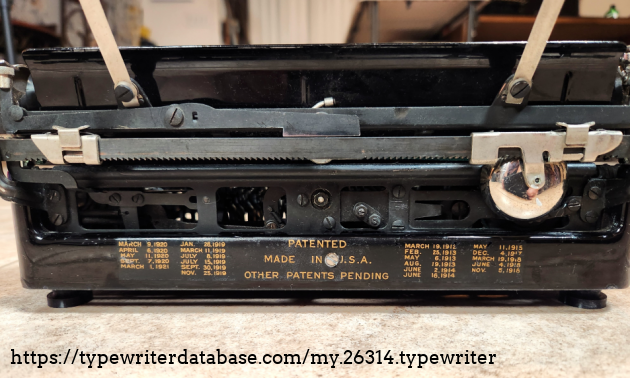


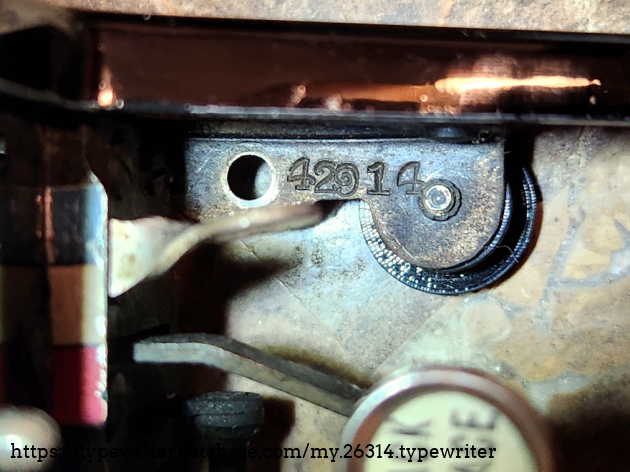
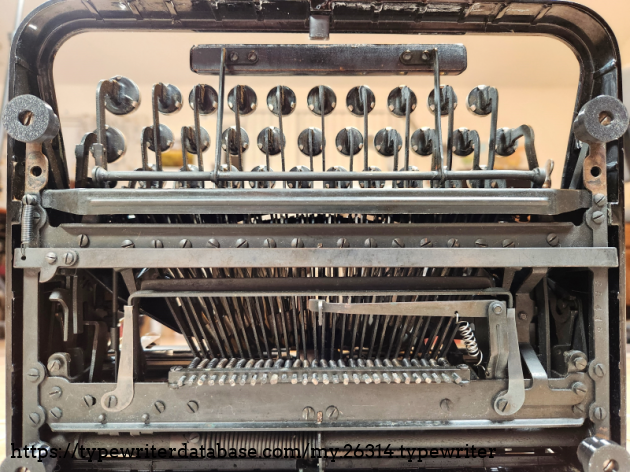
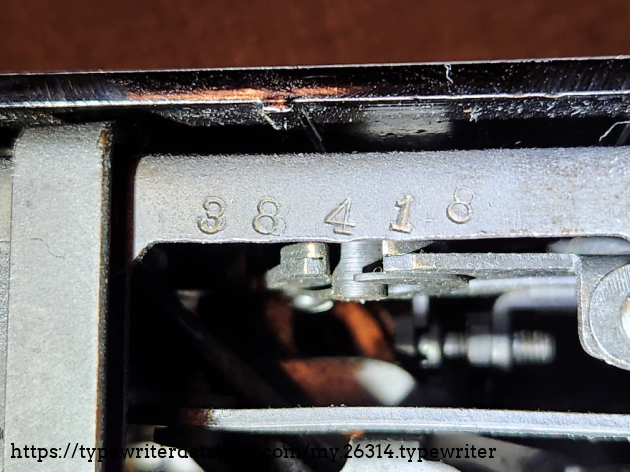
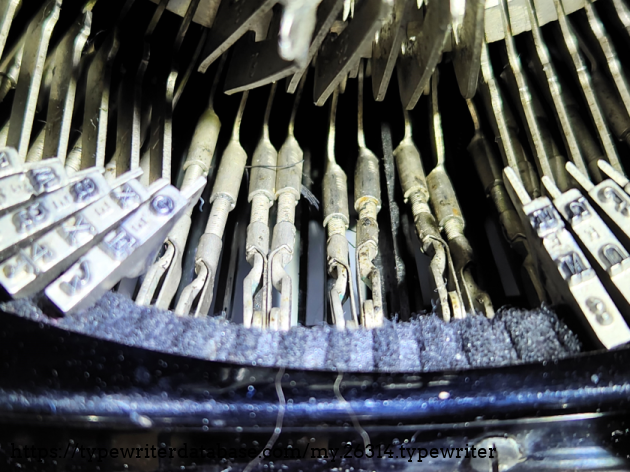
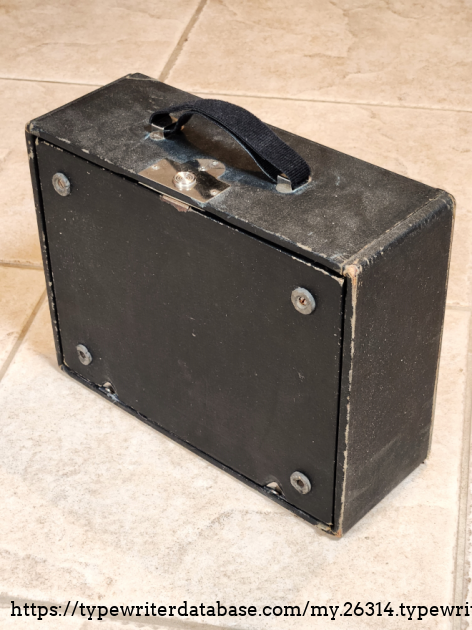
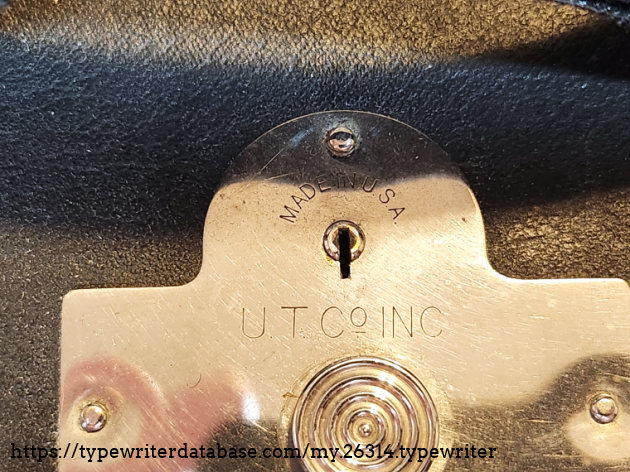
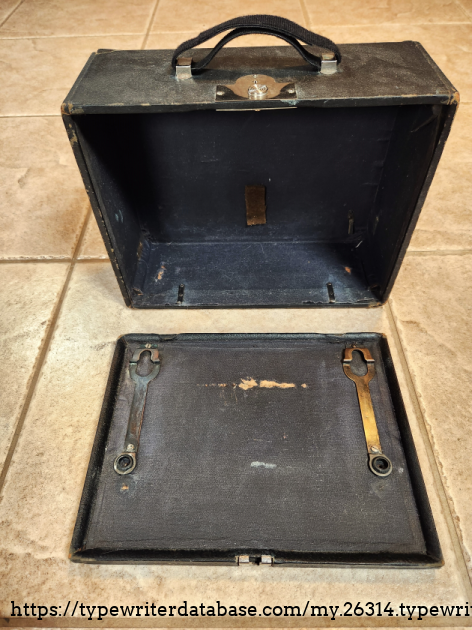
Hunter: Wayne Bouchard (azweb100)
Wayne Bouchard's Typewriter Galleries [ My Collection ] [ My Sightings ]
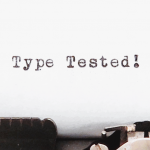
Status: Typewriter Hunter
Points: 1840
Collector of several things, including typewriters, slide rules, and mechanical calculators.
Started collecting typewriters in 2023 with a Royal HHE like the one I did my first book report on when I was in school and using my dad's old typewriter.
RESEARCH NOTE: When researching the Underwood Portable 3 Bank on a computer with lots of screen real estate, you may find that launching the Underwood Serial Number page and the Underwood Portable 3 Bank By Model/Year/Serial page in new browser windows can give you interesting perspectives on changes throughout the model series.

